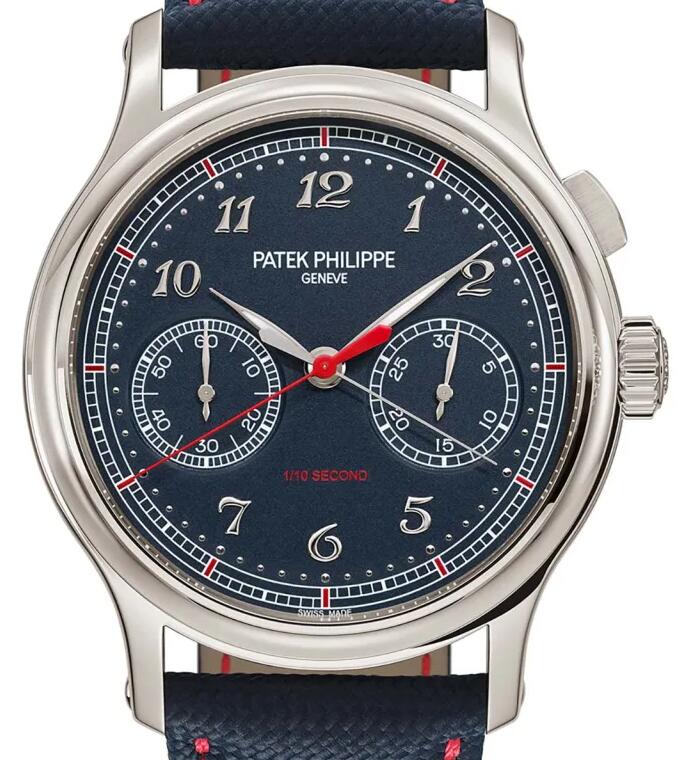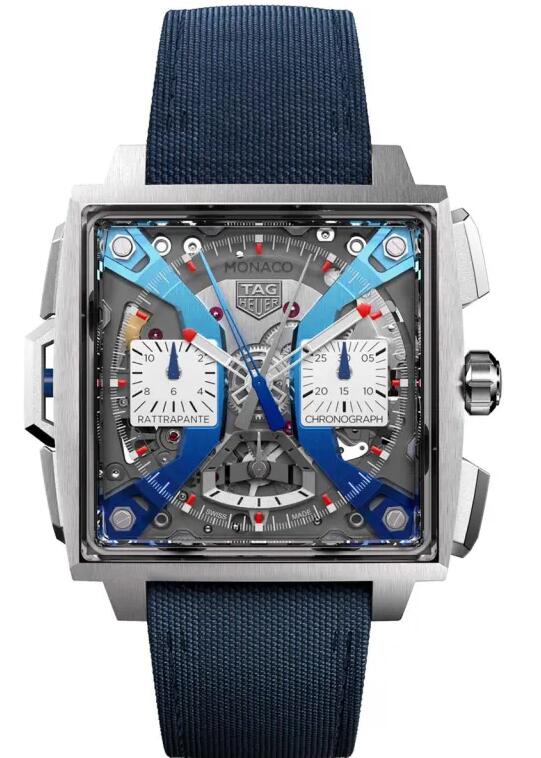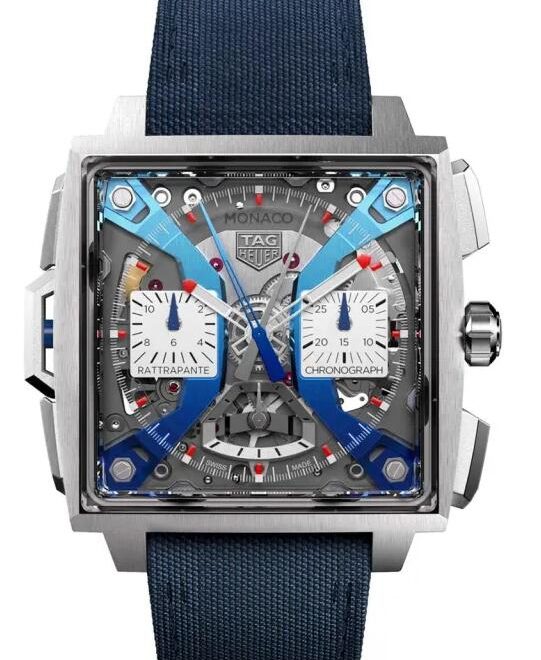We’ve been looking at some of the very best AAA replica watches in various classes lately, including chronographs, tourbillons, dive watches, travel watches and even the most expensive watches. Today, we are going to explore the interesting world of high-frequency watches.
Back in the 1940s, Observatory Chronometer competitions in Switzerland awarded prizes to the most accurate watch movements. The winners were inevitably movements with one or all of three features: the most finely tuned regulating systems, the largest mainspring barrels (for optimum power), and, above all, the highest frequencies. High frequency improves chronometry (or precision), partly because the faster a balance oscillates, the more impervious it becomes to shocks due to its higher inertial forces. Think of knocking down a standing person compared to a person running at you full speed and you get the general idea. The downside to higher frequencies is that the power stored in the main-spring is used up more quickly, which is why, conversely, many Swiss made fake watches boasting high power reserves run at relatively low frequencies (usually 18,000 beats per hour). Watchmakers today still need to consider high-frequency precision against power storage capacity.
Girard-Perregaux was one of the first to produce a high-frequency caliber, with a frequency of 36,000 beats per hour (or vibrations per hour, more commonly just “vph”), That equates to 5 Hz, which subdivides every second into ten oscillations, producing timing divisions down to one-tenth of a second. If you’ve heard of a one-tenth second chronograph, then you’ve heard of a high-beat movement; by stopping that mechanism, you’ll see a reading of one-tenth of a second. The standard was, for many decades, 18,00 beats per hour (2.5 Hz), while today’s standard is 28,800 vph, (4 Hz). So, even now, a hi-beat (or high-frequency) movement is nearly usually going to keep a beat rate of 36,000 vph (5 Hz), but some beat much higher, such as the Breguet below which operates at 72,000 vph (10 Hz) and the Chopard at 57,600 vph (8 Hz).
The most celebrated example of the 36,000 vph movement is Zenith’s El Primero, developed in 1969 as the first automatically wound chronograph movement (thus its name). This movement went on to be used in the Rolex Daytona chronographs starting in 1988, and wasn’t replaced with an in-house movement until the year 2000.
Observatory chronometer competitions were stopped in late 1960s, not just because of the advent of quartz, but because Japanese producers like Seiko were winning by entering mechanical high-beat movements, such as the Grand Seiko caliber 44. It wouldn’t be inaccurate to say that the Swiss cheap replica watches industry wasn’t about to host a competition only to humiliate itself, and, besides, the Swiss industry went into crisis at this time as it lagged behind in electronic watchmaking.
The issue with high frequency in the past, especially during the days of observatory competitions, was that the high speed created a lot of wear on the delicate components of a watch escapement. It is not very difficult to achieve a higher frequency, as this is simply a calculation of the gear train and the regulator. What is extremely difficult is to execute the solution perfectly, which means using materials that can resist the increased wear over long periods of time. Advancements in component materials have helped test the boundaries of speed and friction, including high-stress materials such as silicon, titanium and other alloys including, copper/beryllium.
And thus, high frequency has endured as an important frontier in high-end watchmaking. Silicium hairsprings and balance wheels, titanium components and other secret weapons have made it possible to create escapements in mechanical movements that are almost indestructible, with more precisely engineered gears and pinions that hold their shape with minimal friction and more precise gear meshing, even when molded into tiny components.
These advancements have made it possible for watchmakers to build escapements that vibrate at much higher frequencies, displaying elapsed times of 100th and even 1000th of a second with astounding precision. “Our 5 Hz movements were already highly accurate, but now that we do the lever and the escape wheel in silicon we have definitely improved the accuracy, precision and reliability,” says Romain Marietta, director of product development at Zenith. “Silicon is anti-magnetic and shock resistant, and it has helped us to raise the power reserve on our movements from 50 hours to 60 hours because it works more efficiently.”
Despite its rich history with high-beat movements, Zenth isn’t the only company astounding the world with this technology. Here are 1:1 online copy watches that have scaled the high-performance bar with high-beat movements.
Replica Patek Philippe 5470P-001 Monopusher Chronograph Watches | $467,800

This rare platinum edition holds 2024 luxury Patek Philippe fake watches‘ first high-frequency movement (36,000 vph), as well as its first 1/10th-seconds chronograph movement. Several components are made of silicon, including the 1/10th of a second hand, which makes it lighter and more energy efficient. The 396-component movement essentially includes two separate chronograph mechanisms, one driving the central chronograph seconds, which rotates once every 60 seconds, and the other for the 1/10th seconds, which travels five-times faster around the dial, once every 12 seconds. Patek Philippe super clone watches for sale holds 31 patents on the movement alone. Water resistant to 30 meters, which is kind of impressive for a watch of this nature.
Fake TAG Heuer Monaco Rattrapante Watches | $138,000

As one of the earliest official timers of sporting events, high quality TAG Heuer replica watches has been making split-seconds chronograph movements since the late 1800s, but the Monaco Rattrapante is, remarkably, its first-ever split-seconds wristwatch. Caliber TH81-00 beats at 36,000 vph, has components made of lightweight, anti-magnetic titanium, and delivers a 65-hour power reserve. It displays time measurements of 1/10th of a second. The movement was developed in partnership with Swiss boutique movement maker Vaucher Manufacture Fleurier, under the direction of Canada wholesale TAG Heuer copy watches’ director of movement development.


